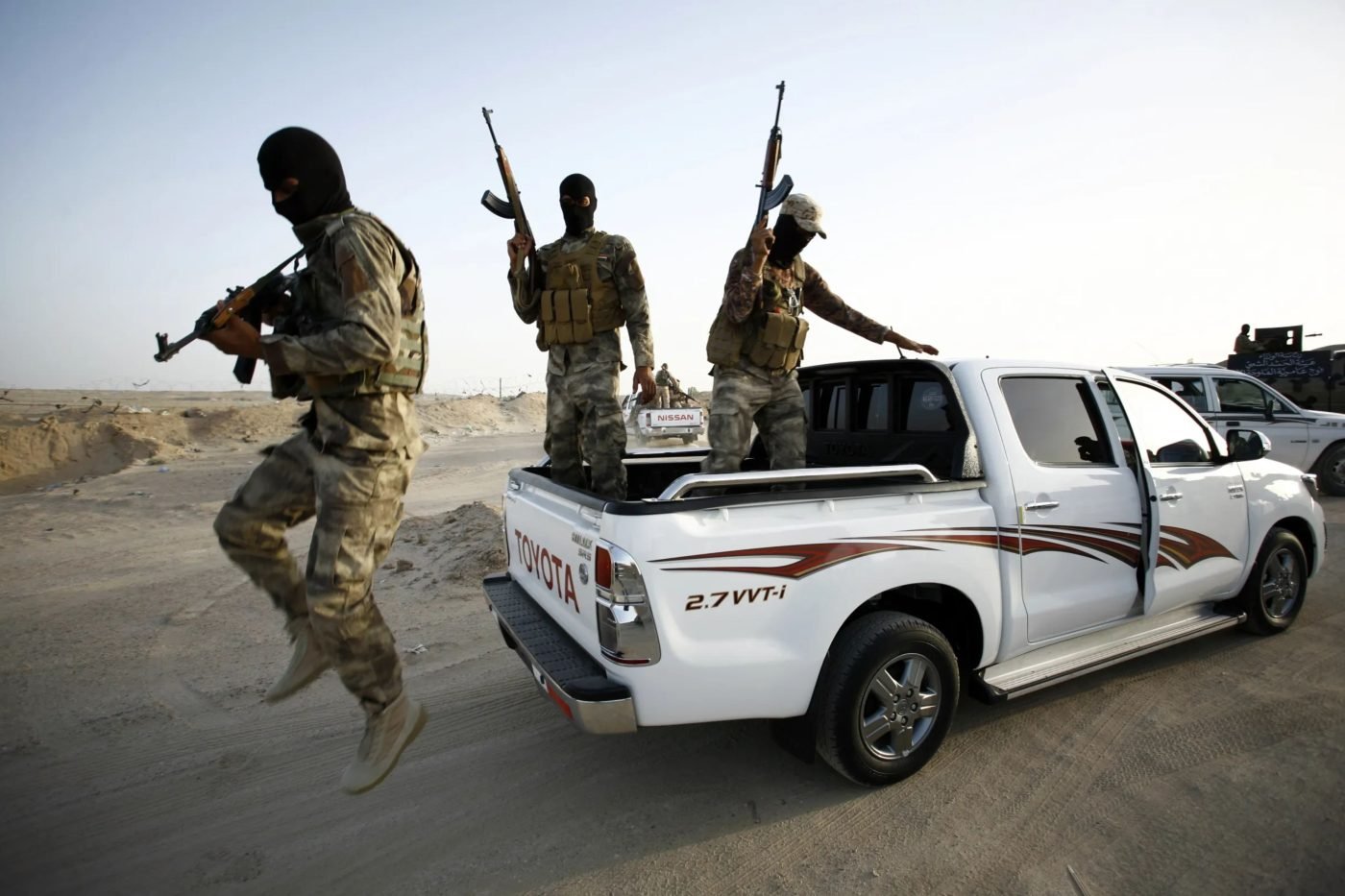- In 1987, 400 Toyota Hilux pickups helped Chad’s outnumbered army crush Libyan armoured forces in the infamous Toyota War.
- The Hilux’s speed, adaptability, and low cost made it a global favourite for rebels, militias, and special forces.
- Other civilian brands like Ford, Jeep, Kia and, even Tesla have been re-engineered into formidable warzone vehicles.
In Chad in 1987, the rules of modern warfare were rewritten, not by billion-dollar tanks or the next generation of drones we see littering the skies of today’s warzones. But by a fleet of pick-up trucks not too dissimilar from the ones you’d see down the local hardware store.
The battle fought by a fleet of 400 Toyota Hilux utes became so decisive, so humiliating for the opposing force, that it earned an enduring name: The Great Toyota War. It would go down in history as one of the most crucial, and frankly bizarre, in the region’s history.
Toyota Hilux: Ultimate War Machine
For all their humble origins as worksite haulers and farm vehicles, Toyota pickup trucks, modified for guerrilla warfare with heavy weapons bolted to the tray, have become one of the most effective and feared force multipliers in modern military history.
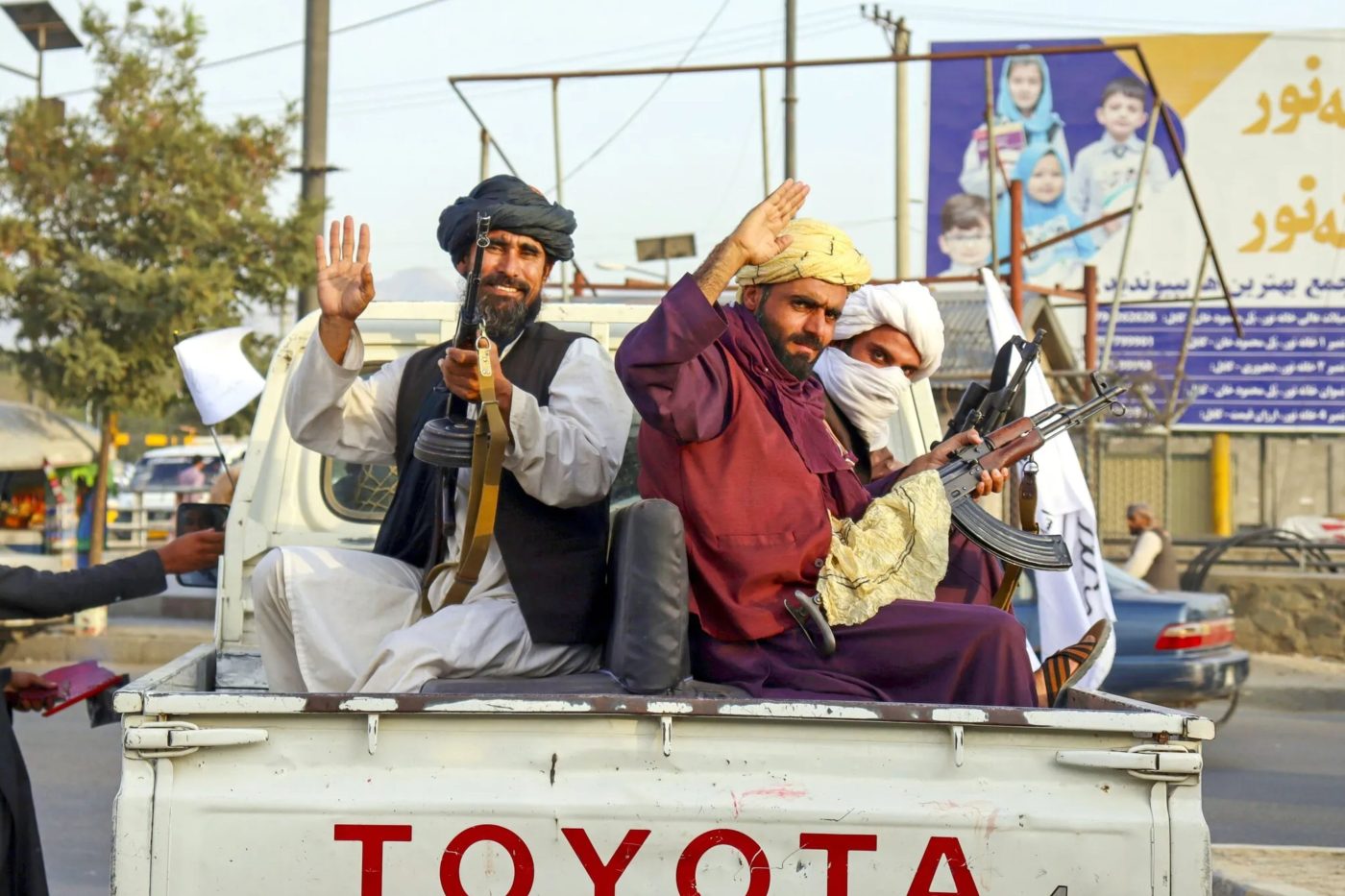
Why? Well, because they’re fast, cheap, easy to repair, and adaptable enough to carry everything from machine guns to anti-aircraft cannons.
And unlike tanks, the humble Toyota Hilux can cross a rickety bridge without breaking it away from the water’s edge; it can blend into civilian traffic, like a family vehicle on the daily commute; or even disappear into a narrow dirt track before the enemy suspects a thing.
Curated news for men,
delivered to your inbox.
Join the DMARGE newsletter — Be the first to receive the latest news and exclusive stories on style, travel, luxury, cars, and watches. Straight to your inbox.
The Rise of the Technical
The concept isn’t new. In the early 20th century, horse-drawn carts mounted with machine guns, known as Tachankas, gave Russian and Ukrainian forces mobile firepower long before tanks arrived.
British Special Forces in World War II pushed the idea further in North Africa, using armed Jeeps and Chevrolet trucks to raid German airfields. But it was in late-20th-century Africa and the Middle East that the modern Technical truly earned its reputation.
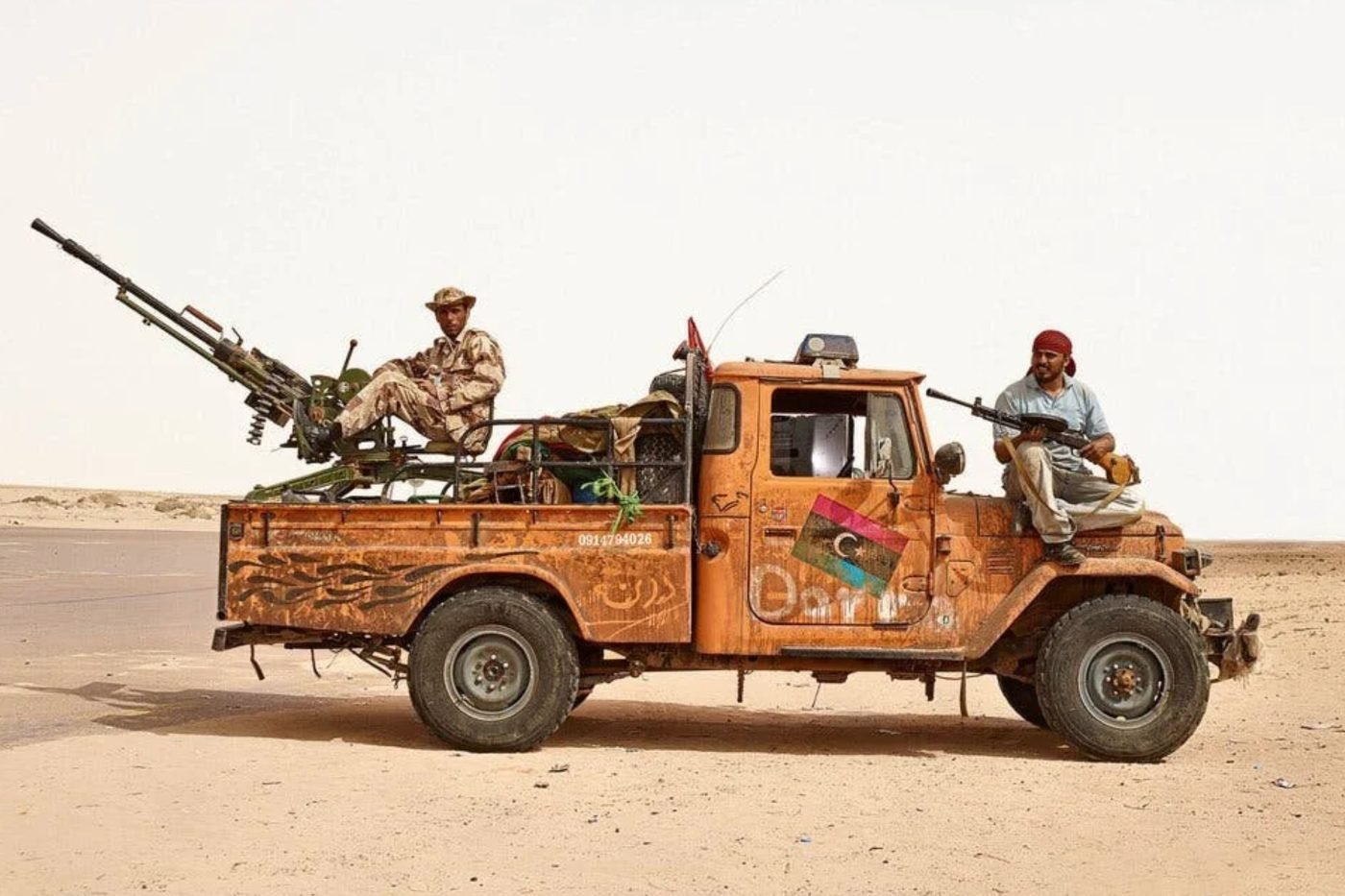
The name itself has two origin stories. One traces it to aid agencies operating in Somalia in the 1990s, who weren’t allowed to hire private security. They paid local warlords for “technical assistance”, a bureaucratic euphemism that became slang for an armed ute.
The other points to Soviet weapons engineers in the 1980s, who mounted guns on light trucks for guerrilla allies in the Horn of Africa. Either way, by the time the Libyan–Chadian conflict reached its climax, the term “Technical” was firmly established.
The Toyota War
By 1987, Libya’s army looked unstoppable on paper. Muammar Gaddafi had 8,000 troops, 300 tanks, 60 combat aircraft, Mi-24 attack helicopters, rocket launchers, and artillery. Chad, by contrast, had 10,000 soldiers with no tanks, no aircraft, and limited heavy weapons, and no way to move them across vast desert battlefields.
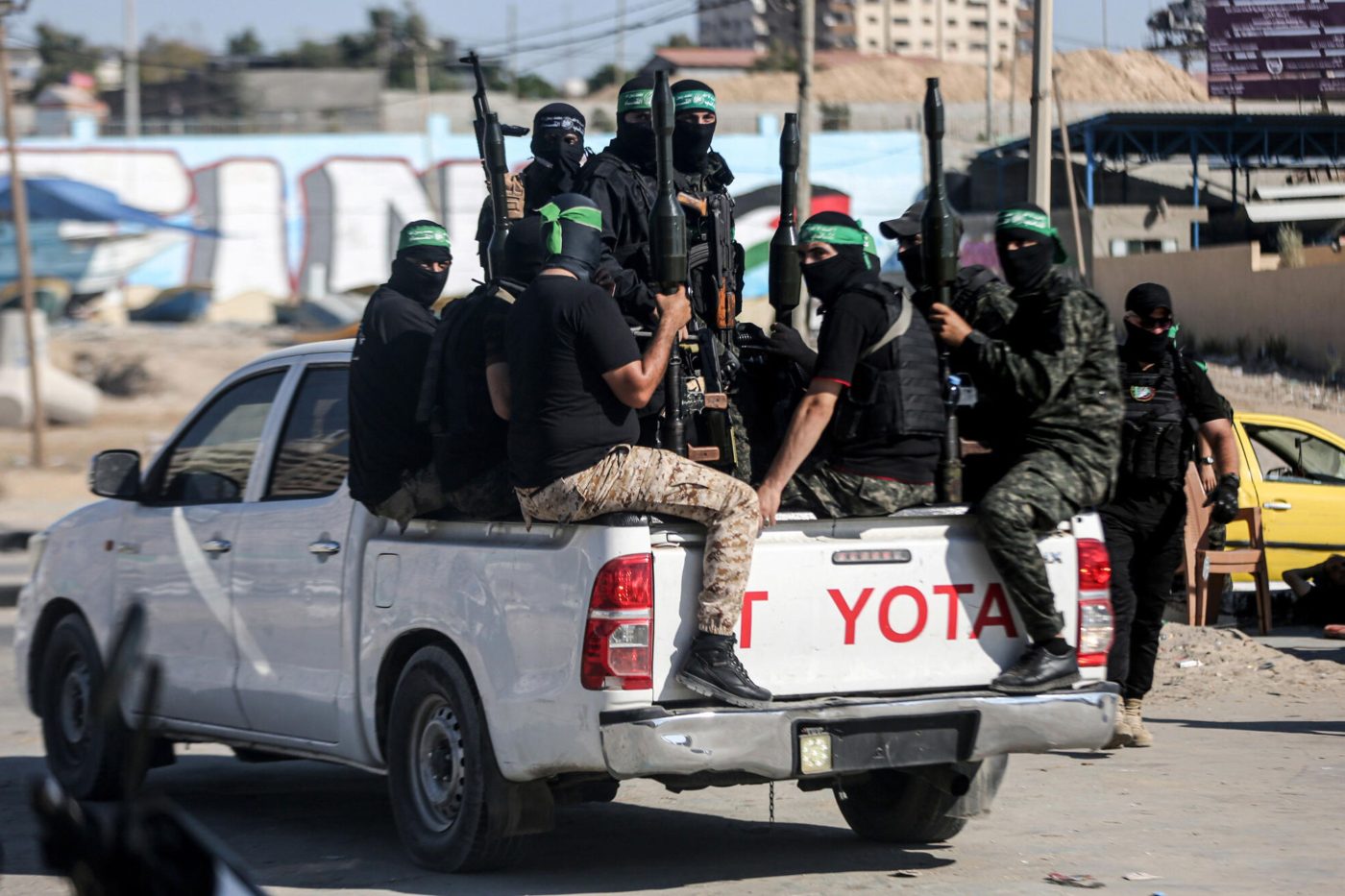
When Libya occupied the Aouzou Strip and backed various Chadian rebel groups, France intervened on Chad’s side, providing air support, military advisors, and, in 1987, the now-famous fleet of Toyota pickups.
Chadian troops armed them with MILAN anti-tank missiles and anti-aircraft guns to combat their enemies, giving the defending What they lacked in armour, they made up for in speed and mobility as the trusty Hilux could cross terrain that bogged down tanks, flank enemy positions, and vanish before a counter-attack could be mounted.
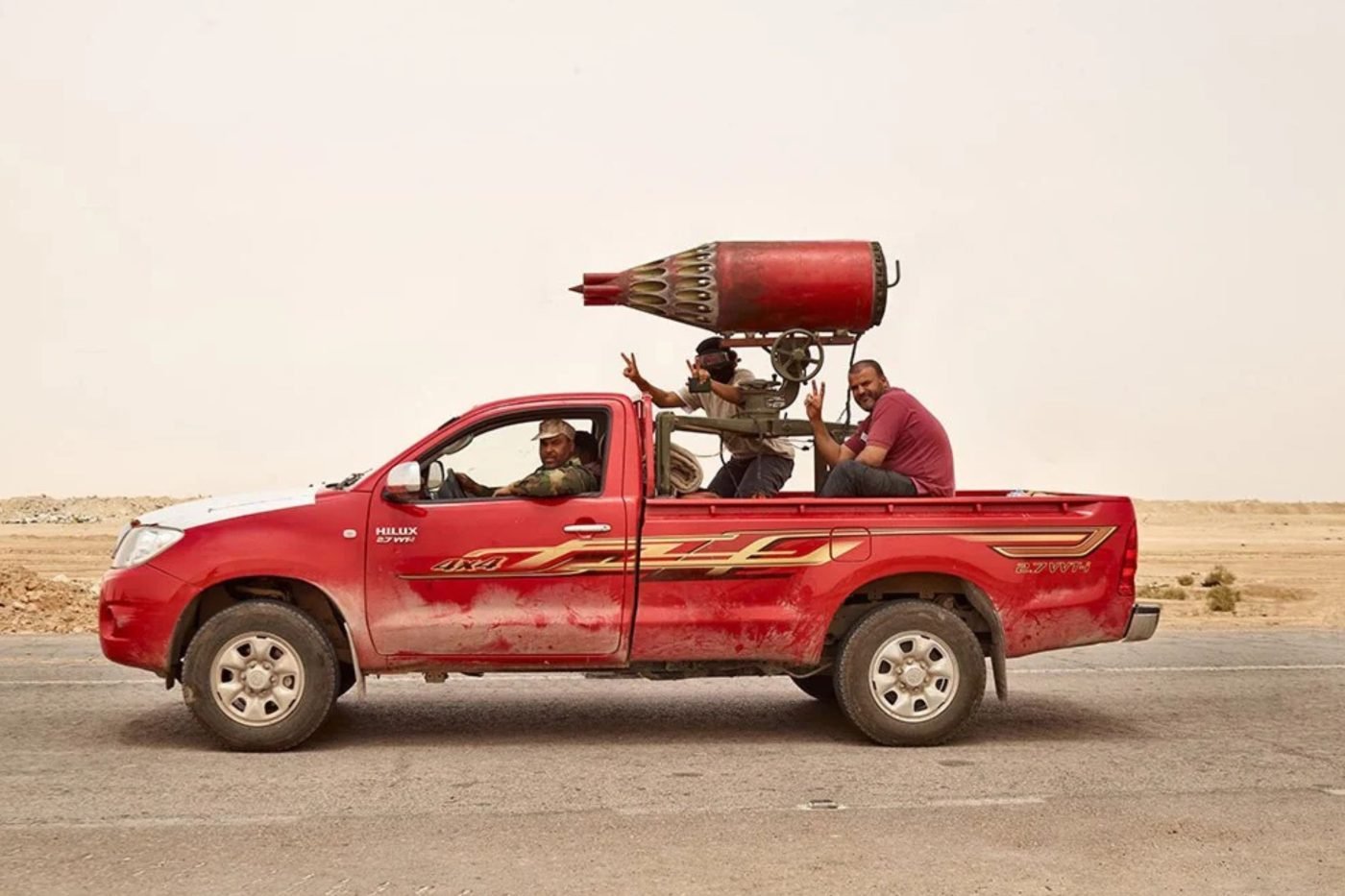
On 2 January 1987, at the Battle of Fada, 3,000 Chadian troops in Toyotas went head-to-head with 1,200 Libyan soldiers and 400 militia fighters.
By the end of the day, Libya had lost 784 soldiers, 92 tanks, and 33 armoured vehicles. Chad lost just 18 soldiers and three utes. The next day, Libyan airstrikes tried to wipe them out, but the Hilux’s speed and small profile made them almost impossible to hit. Within months, a ceasefire was in place, and Libya’s territorial claims over the Aouzou Strip were eventually dismissed by the International Court of Justice.
Why the Hilux Works
On the modern battlefield, the Hilux is the vehicular equivalent of the AK-47. It’s cheap, easy to maintain, and works almost anywhere.
You can buy more than 250 Toyotas for the price of a single main battle tank. They use a fraction of the fuel, require minimal logistical support, and can be fixed with parts from any roadside workshop. Unlike armoured vehicles, they don’t need specialist training to operate. Quite literally anyone with a driver’s licence can handle a Technical.
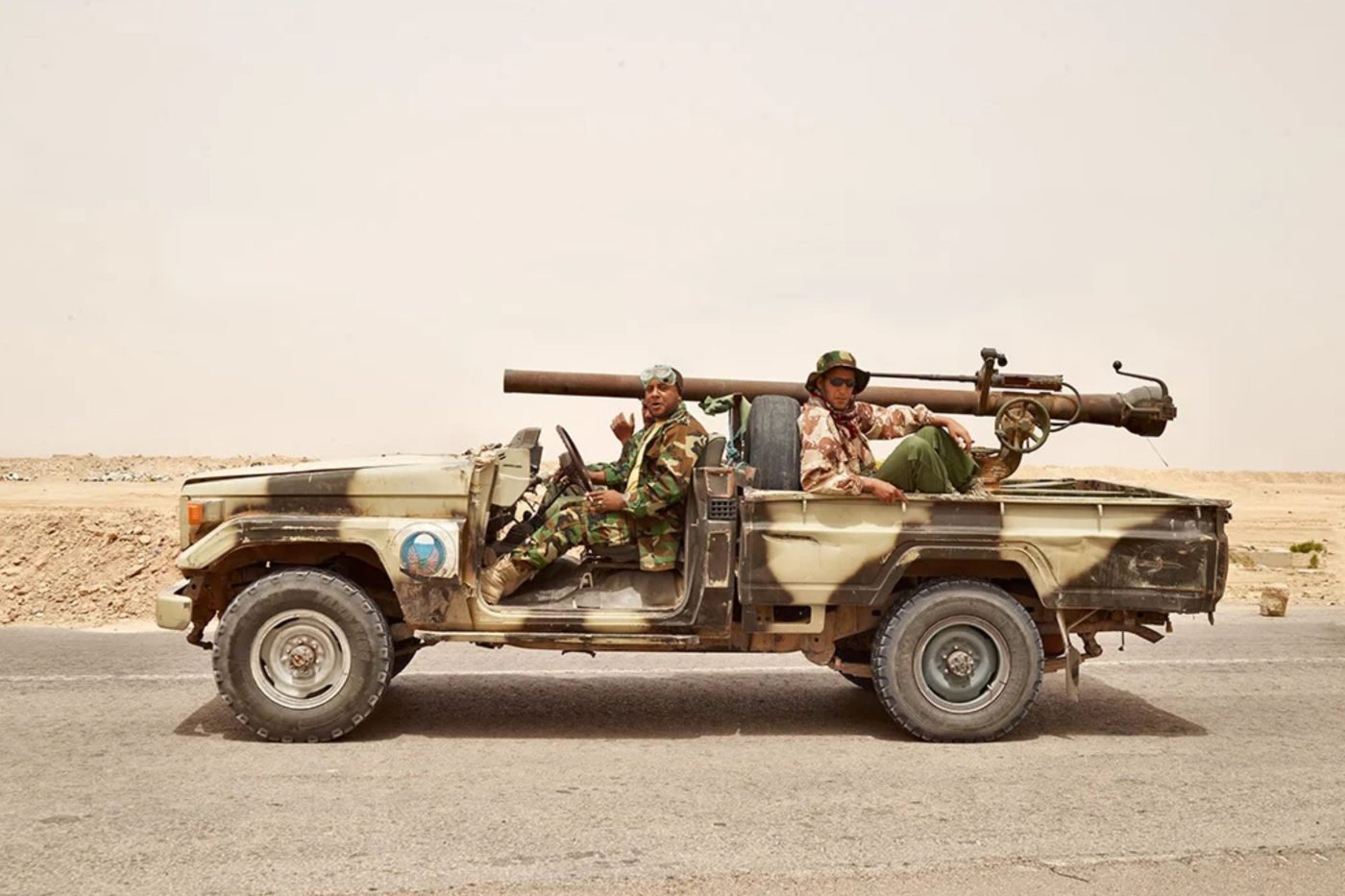
They’re stealthier, easier to camouflage, and capable of slipping across fragile bridges and dirt tracks that would collapse under the weight of a tank. In asymmetric warfare, where speed, surprise, and adaptability matter more than raw firepower, they’re almost perfectly equipped for the job.
The Global Spread
The Toyota Hilux might be the poster child of the “Technical” revolution, but it’s far from the only showroom model to end up in a gunfight. Across the globe, a surprising list of familiar badges has been bolted with machine guns, missile launchers, and armour plating, often by forces who value reliability and stealth over brute military aesthetics.
The Ford Ranger has been a battlefield regular in Afghanistan since the early 2000s. It was first spotted military-spec form for the US and its allies across the region. After the formal withdrawal, the Taliban took the keys of these modified American pick-up trucks for their off-road capability which made it an ideal light strike vehicle in rugged terrain.
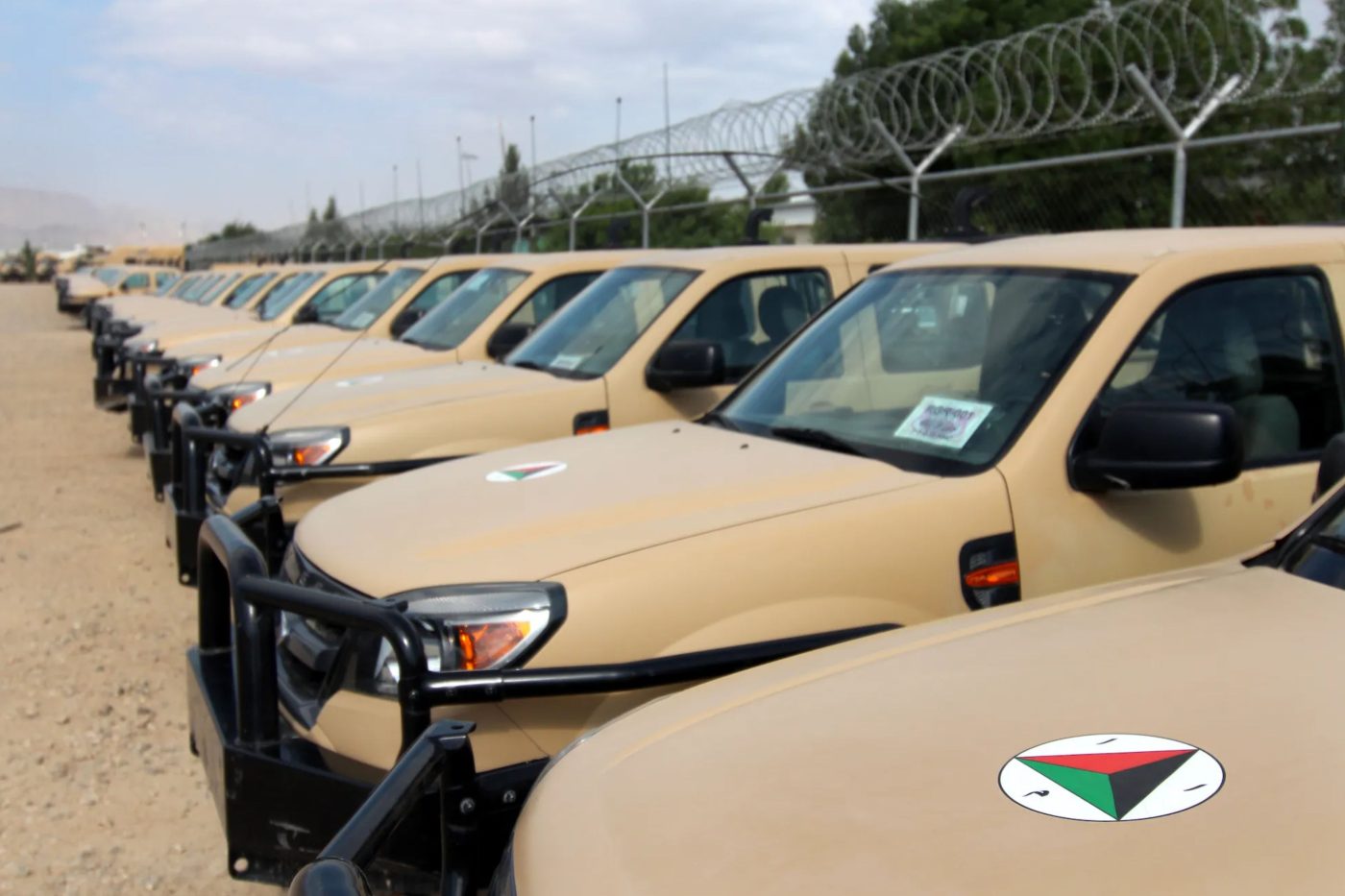
The Jeep Gladiator, and its military cousin, the M715, became favourites for the rebels during the Lebanese Civil War in the 1970s and 80s. Against better-armed factions and, at times, full-scale military offensives, the Militias stripped down the Jeeps to the nuts and bolts, reinforced the suspension, and mounted everything from heavy machine guns to anti-aircraft cannons to fight back.
As history will show, no single faction truly prevailed during the Lebanese Civil War, but it could be argued the warring Militia survived far longer than expected thanks to these vehicles.
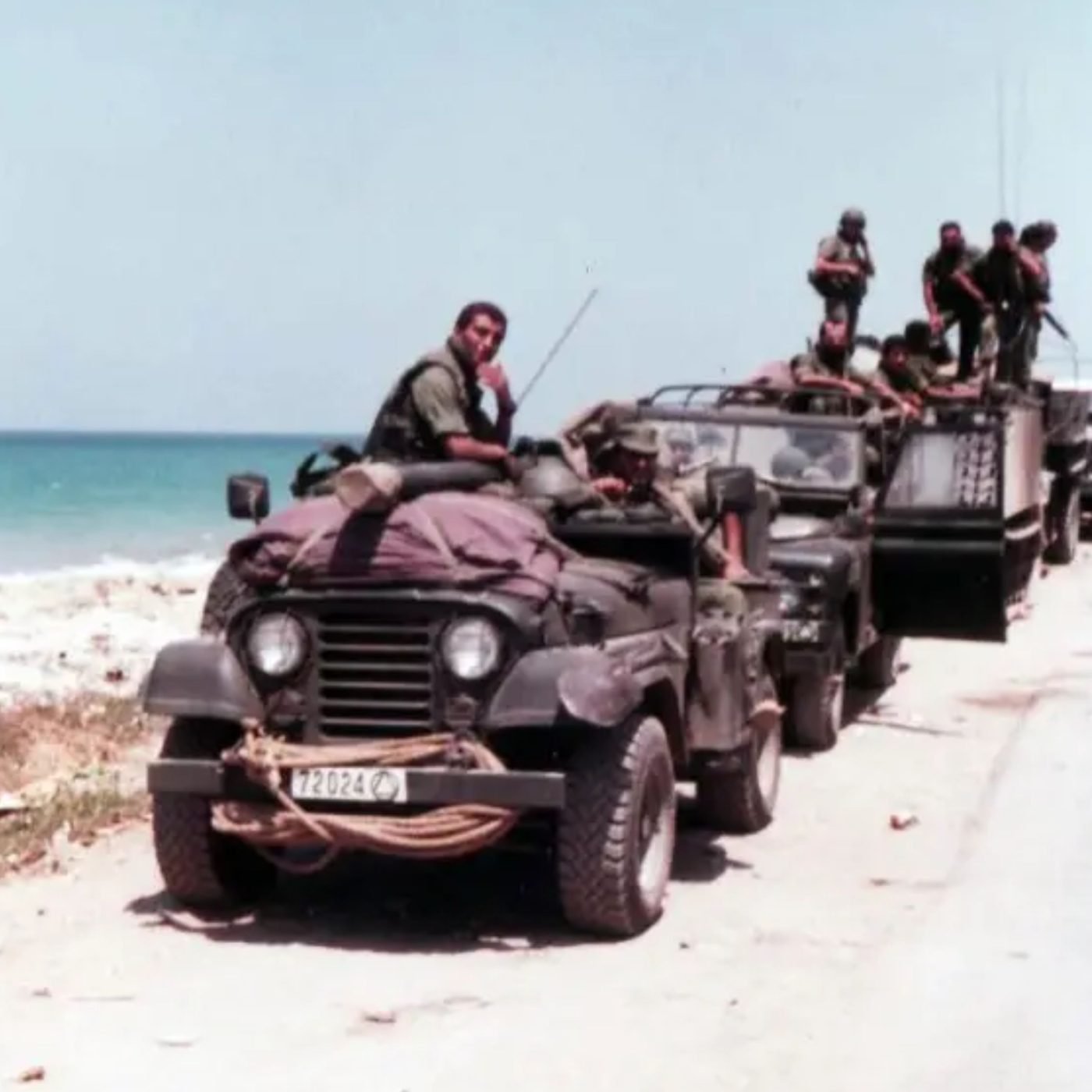
Their ability to adapt a civilian 4×4 into a fast, mobile gun platform gave them a tactical edge in Beirut’s tight urban grid and the rugged mountain passes. In asymmetric warfare, survival and the ability to dictate the tempo of combat are victories in themselves, and on that front, the Gladiator and M715 delivered.
The Kia GMD K111’s combat history is more fragmented but no less telling. In Lebanon, Sri Lanka, and during the Iran–Iraq War, it served with both regular armies and guerrilla forces, providing them with a light, manoeuvrable strike vehicle that could dart in, fire, and retreat before heavier forces could respond.
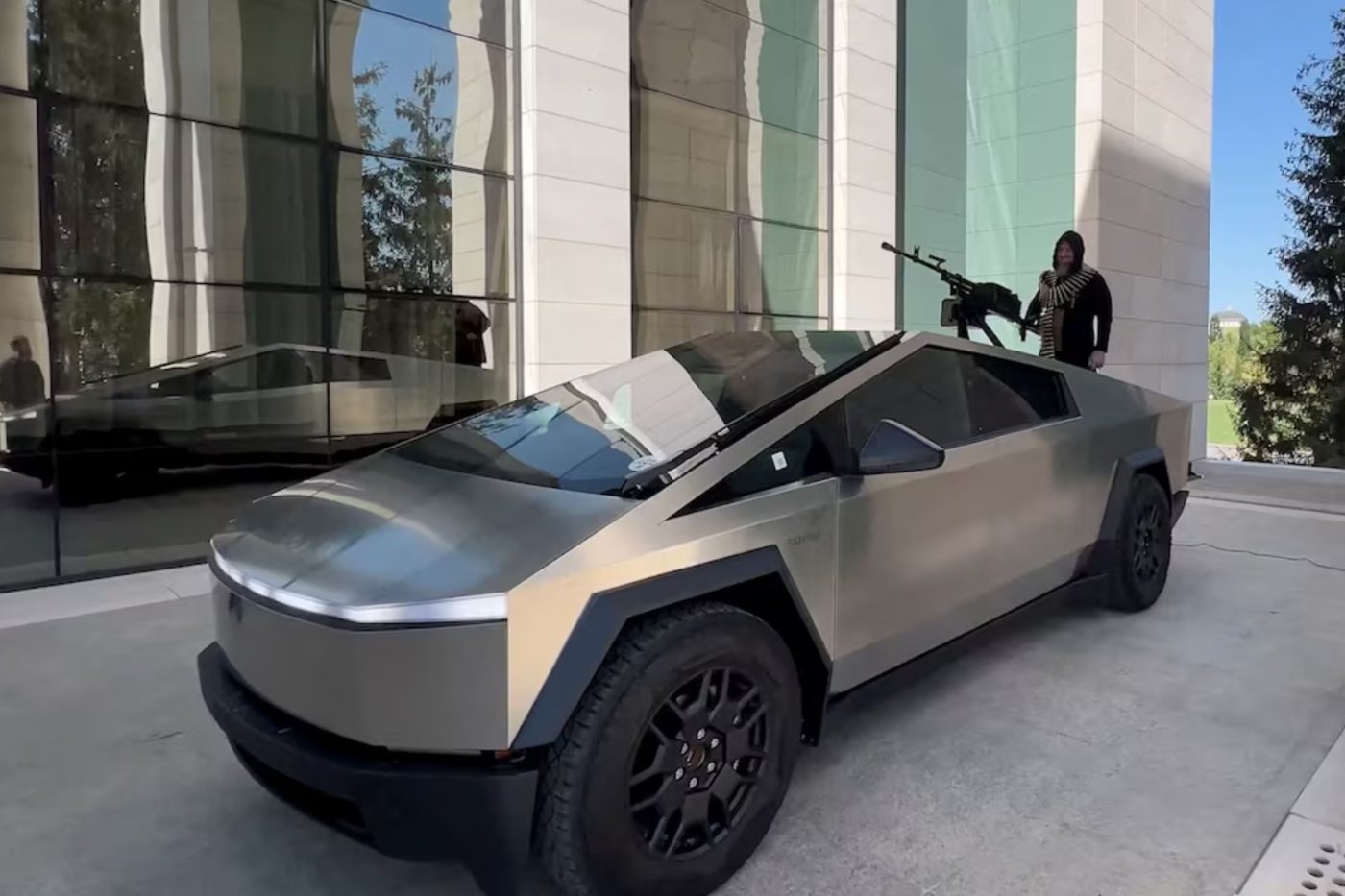
These weren’t wars with neat conclusions, but units using the K111 often won key engagements where mobility was the deciding factor, from mountain skirmishes to urban sieges.
Even the Tesla Cybertruck has made its debut in modern conflict, spotted in 2024 during Russia’s illegal invasion of Ukraine, fitted with a DShK heavy machine gun. Whether it will earn a reputation like the Hilux or fade as a novelty remains to be seen.
